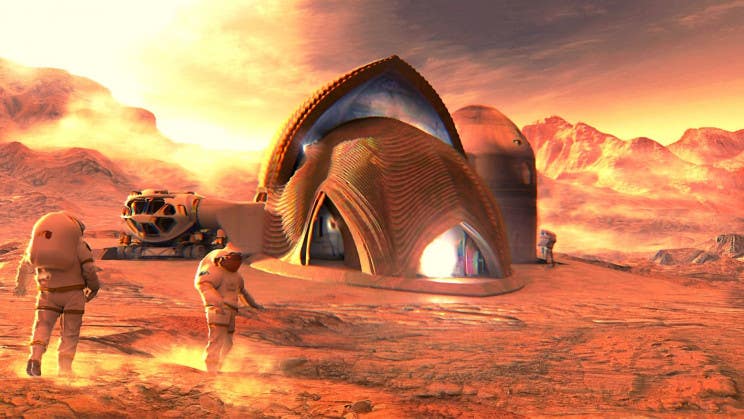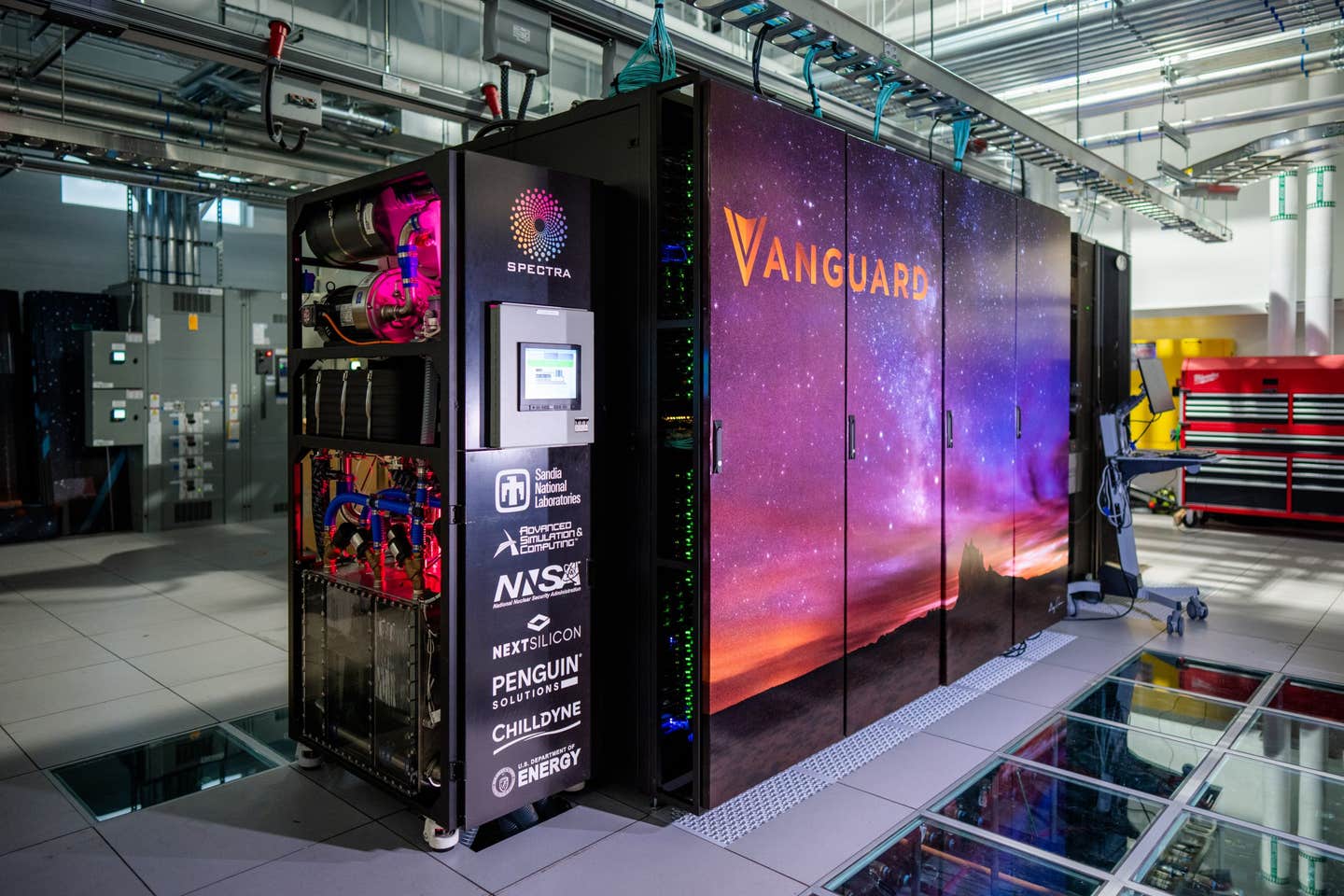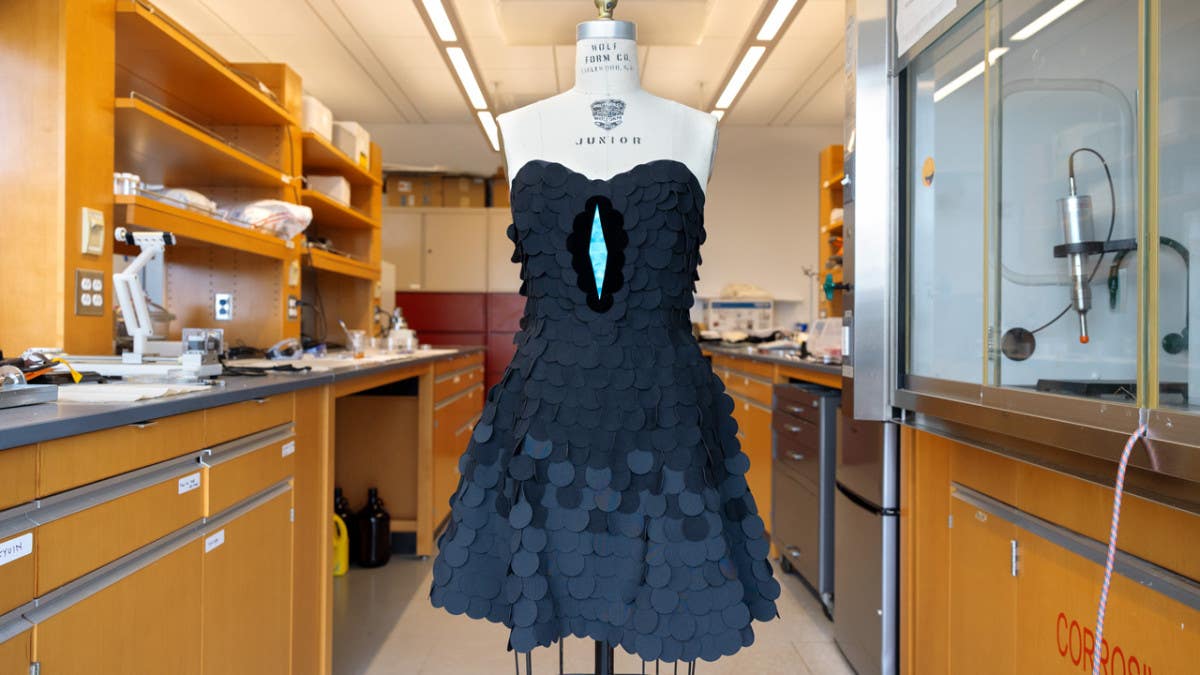Space Race 2033: China Drops the Gauntlet That It’s Sending the First Humans to Mars
China has set its sights on Mars. It’s great to see China stepping up, and committing to goals like landing the first humans on Mars.

[June 27, 2021: Brad Bergan]
China has set its sights on Mars.
China's go-to rocket manufacturer revealed a roadmap for the nation's forthcoming crewed missions to Mars, according to an initial report from Global Times.
While the nation's plans also call for a permanent Mars base, NASA, SpaceX, or another conventional spaceworthy power will likely beat them to it. But it's great to see China stepping up, and committing to aspirational goals like landing the first humans on the Red Planet.
China aims to put the first humans on Mars by 2033
The Head of state-owned China Academy of Launch Vehicle Technology (CALT) Wang Xiaojun announced the plans during a speech called "The Space Transportation System of Human Mars Exploration", which took place at the Global Space Exploration Conference (GLEX 2021), à la virtual link, according to the Global Times report. In review of the success of China's Tianwen-1 probe, the nation's first interplanetary mission to orbit, land, and see a rover disembark on the Red Planet — in one comprehensive mission — Wang declared his nation's three-step plan to put humans on Mars.
The primary stage, also called the technology preparation phase, will reportedly involve robots designed to return Mars samples, and explore a base site for a future human installation on Mars. Afterward, a second stage will send humans there, who will construct a permanent base. Once it's completed, a third stage will see large-scale Earth-to-Mars cargo fleets depart to seed and accelerate development projects on the Red Planet. The schedule for these and additional phases are 2033, 2035, 2037, 2041, 2043, and more, according to the academy.
Notably, China is considering nuclear-propelled vehicles for human missions of exploration to Mars, in addition to a "Sky Ladder" system, which is currently under investigation as a means of reducing the scale or cost of future probe and transport missions to the Red Planet. We're not sure what the academy means by "Sky Ladder", but, taking a wild guess: it could be a space elevator. While not a new idea, the notion of building a vertical transport connecting a planet's surface to orbital altitudes would be extremely difficult, on Mars or Earth, to pull off. But the technological skills necessary for such a grandiose feat of engineering may simply not exist yet.
If this is a space race, China isn't winning yet
There exists an illustration of a "Space Ladder" in a Xinhua Global Service report, which depicts a crewed or cargo space capsule moving up a carbon nanotube "ladder" toward a space station, from where it's launched once more, to explore deep space. But the capsule also dock with a second lunar space station, and then be carried down another "ladder" to the moon's surface. This comes on the heels of China and Russia jointly announcing plans to build a lunar base, but China has also disclosed plans to explore distant asteroids, and even the Jovian system, according to the report.
It's important to keep in mind that, unlike the U.S., where NASA, SpaceX, and many other private aerospace players collaborate to build economically feasible systems like a heterogeneous space program, China is fairly united under one system, and so announcing detailed plans of its forthcoming expansion into space before the U.S. or other powers is not very surprising. But this doesn't mean China will be the first to settle humans on Mars, or the moon, or anywhere else, not necessarily. Suffice to say that if we're entering another space race, China is doing great, but to say it's winning would be misguided.
Like these kind of feel good stories? Get the Brighter Side of News' newsletter.
Tags: #New_Innovation, #Space, #Mars, #Space_Race, #The_Brighter_Side_of_News



